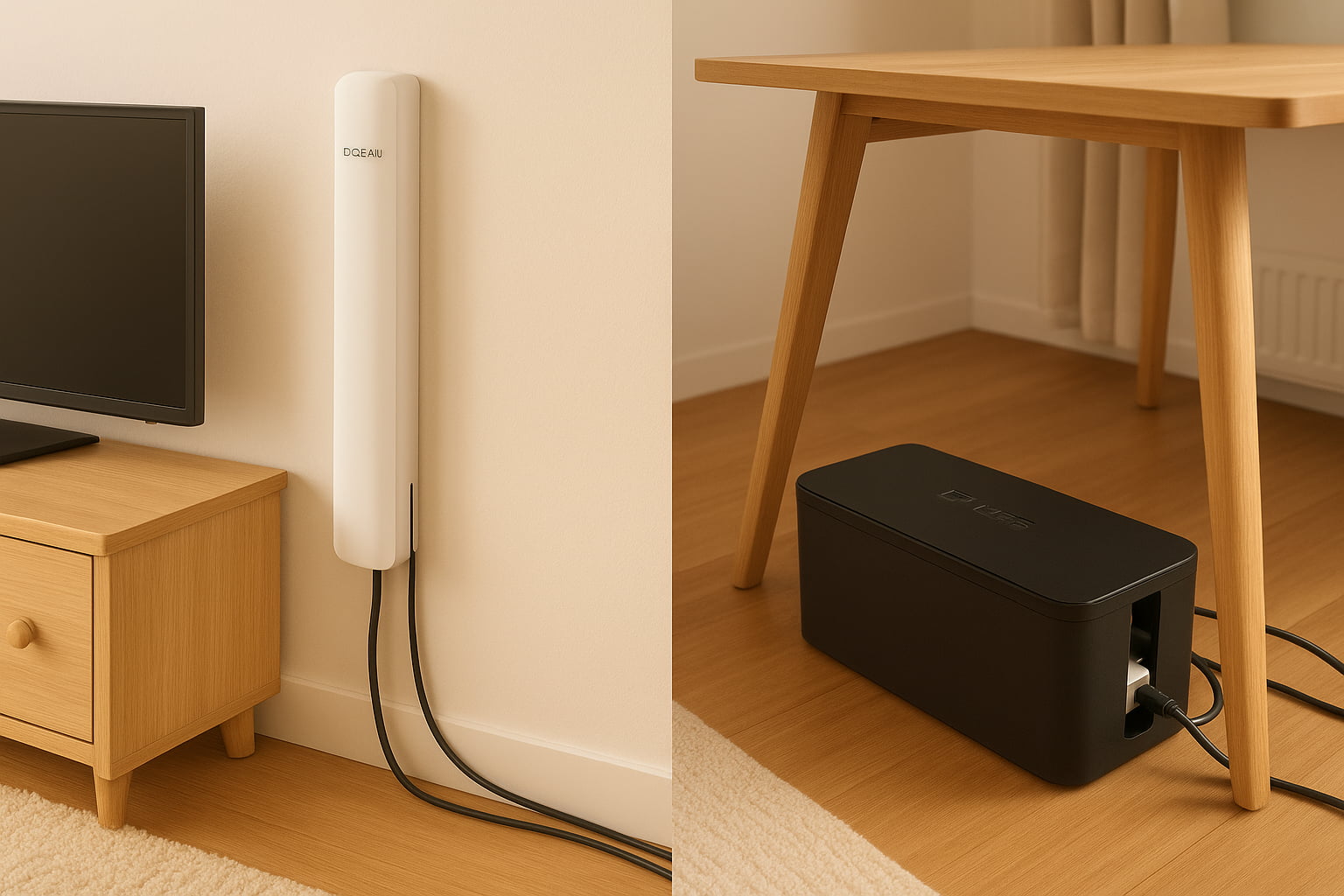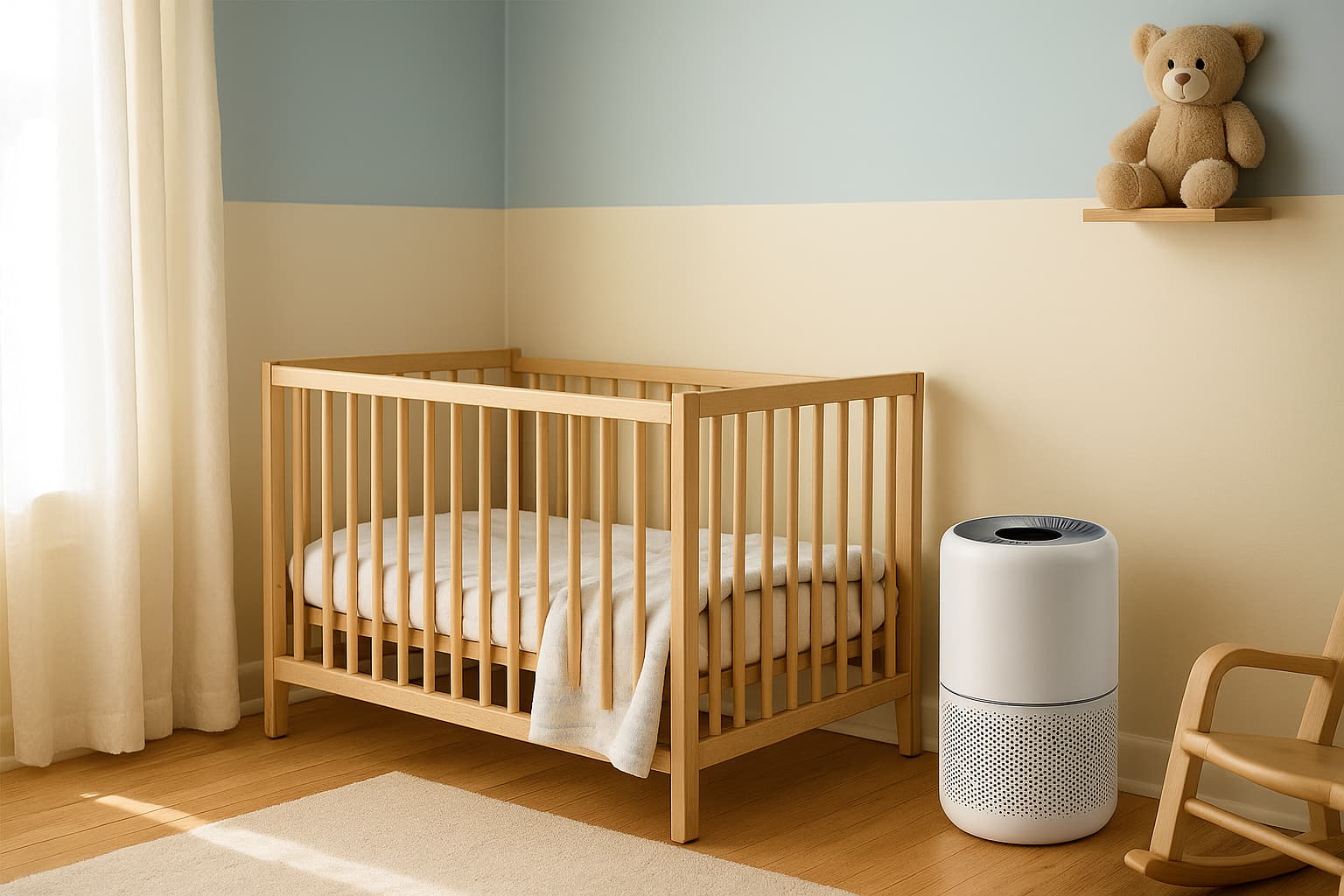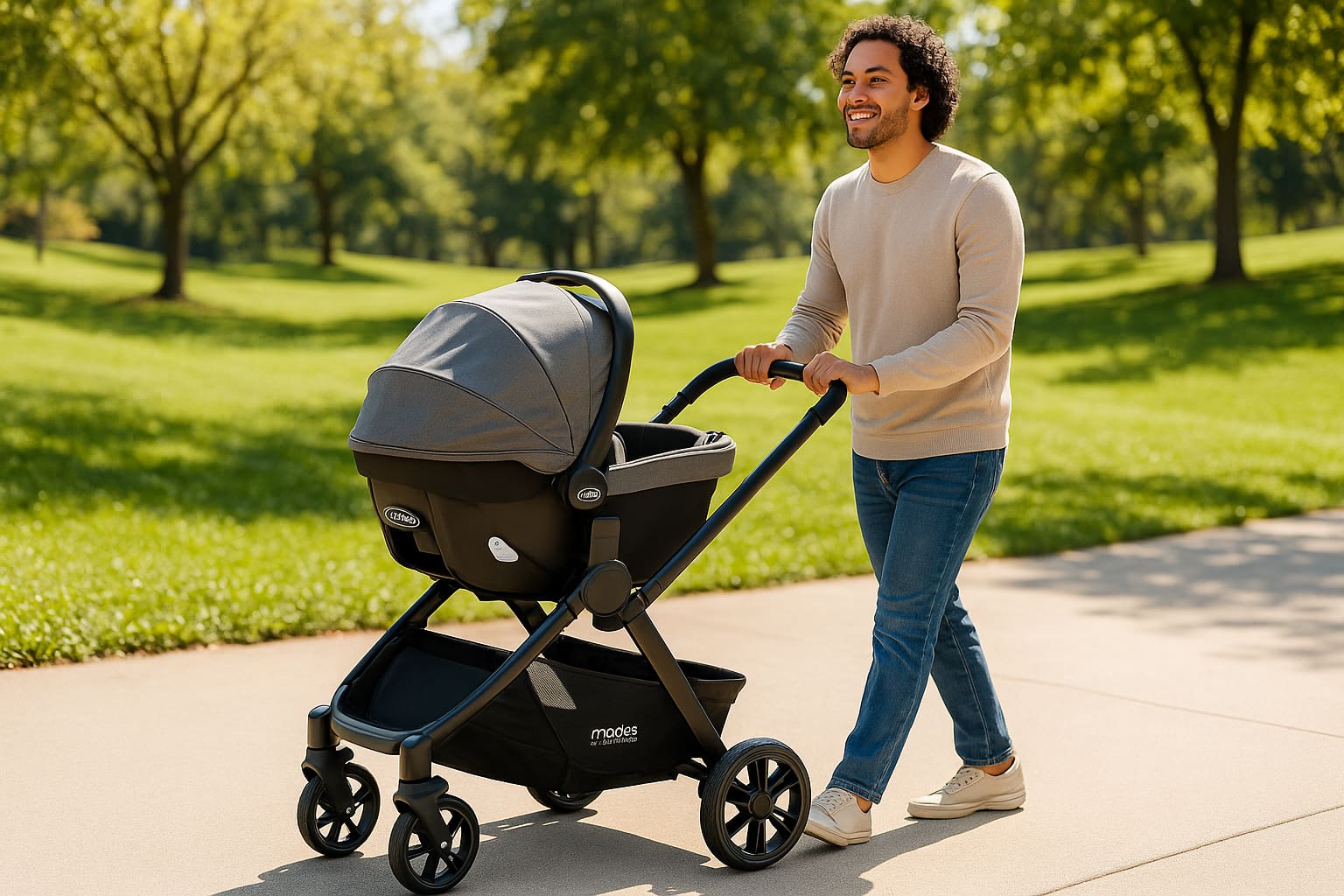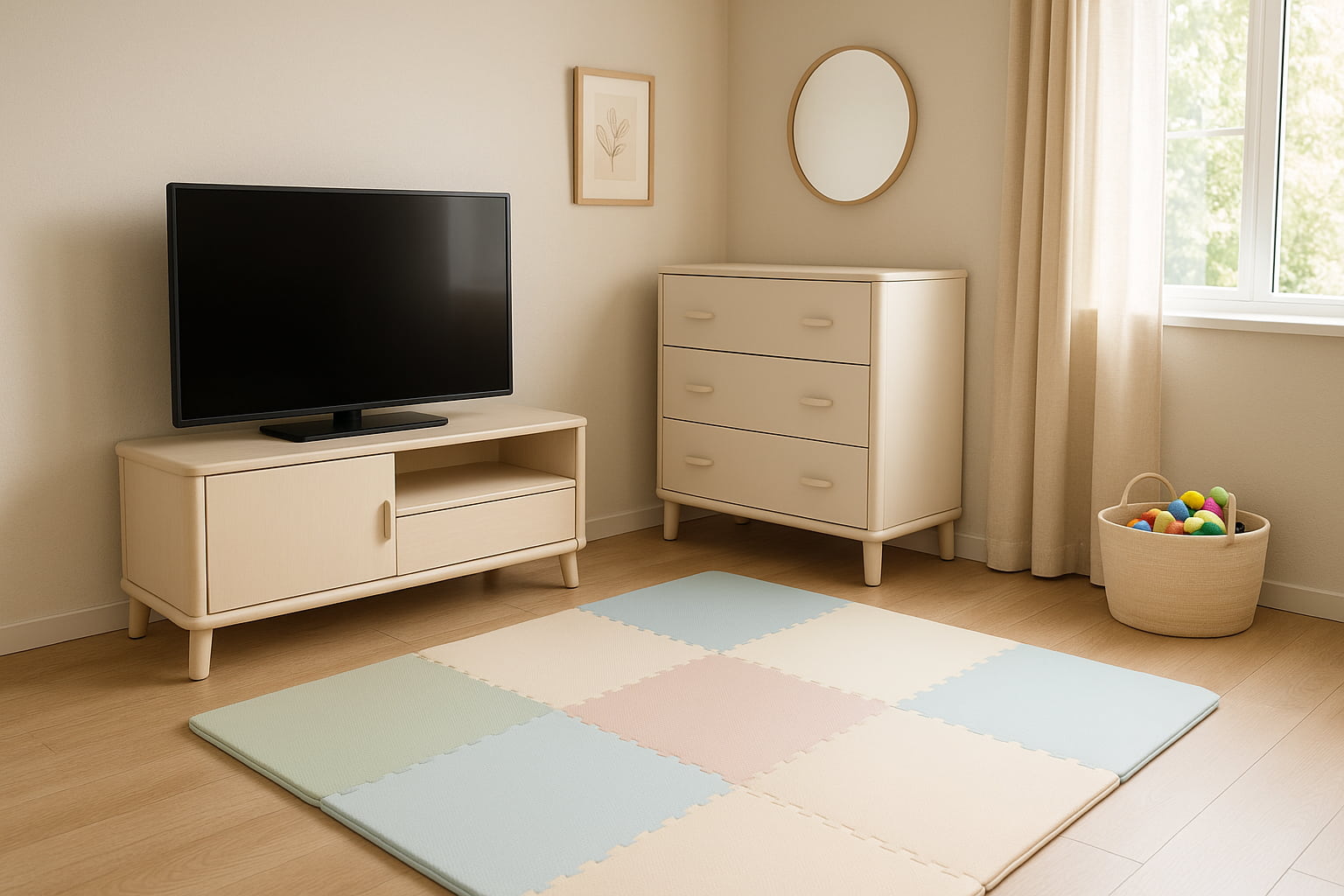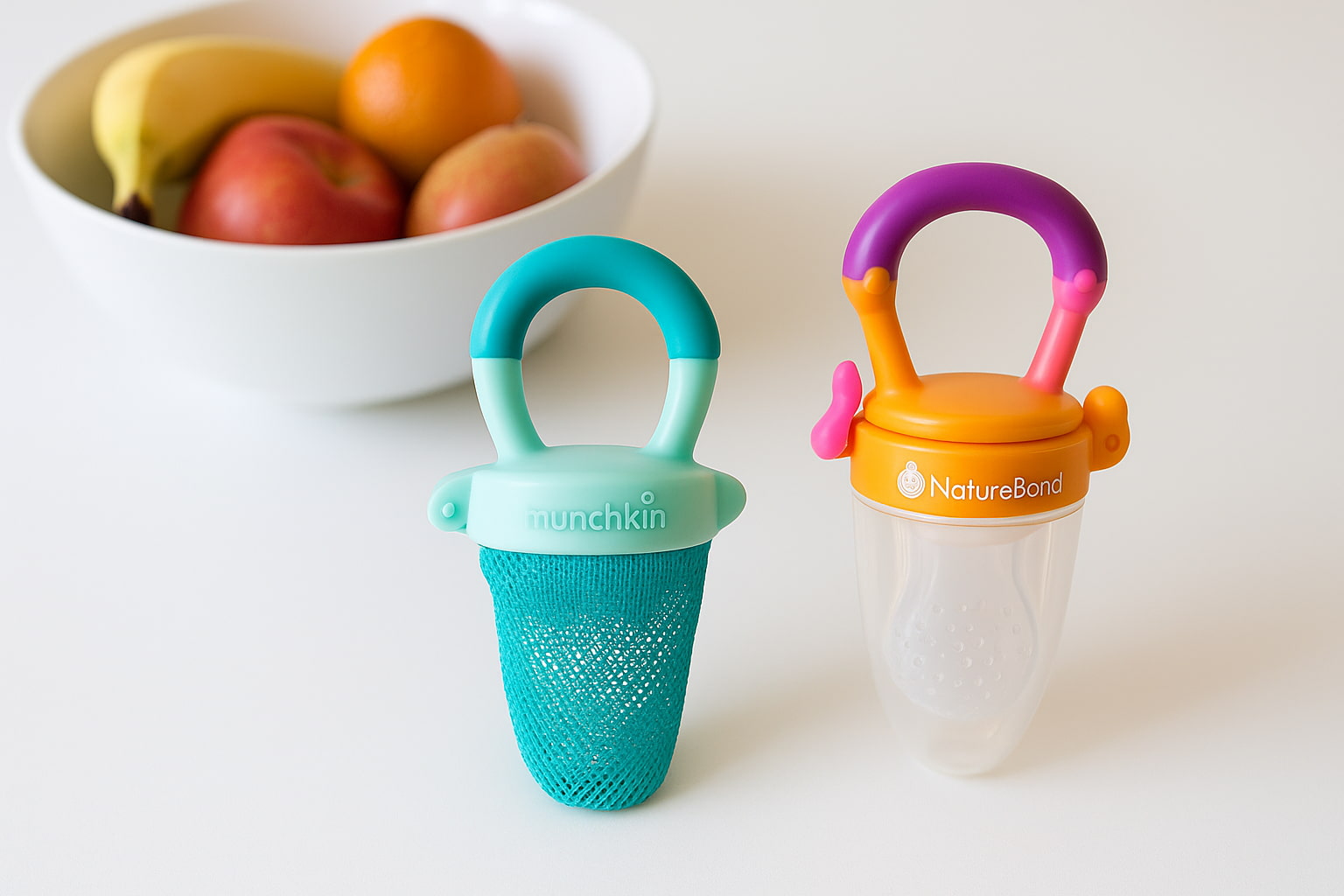Electrical safety isn’t just about hiding wires; it’s about preventing accidents before they happen. If you’ve got a curious baby crawling around, or even just a cluttered corner behind your TV, you’ve likely thought about cord safety.
That’s where cord covers vs power strip covers come in. Both help in different ways; one hides long cords, the other shields plugs from tiny fingers or feet. But which one works better in real homes?
In this article, we’ll break it down clearly. You’ll learn the difference between these two tools, when to use each, and what real parents and renters are saying about them.
By the end, you’ll know exactly what to buy and where to put it.
🧠 What’s the Difference Between Cord Covers and Power Strip Covers?
Cord covers are long channels or boxes that hide wires running across your wall or floor. They keep cords neat and reduce tripping.
Power strip covers, on the other hand, sit on top of the actual power strip. They block access to the plugs themselves, usually to keep kids or pets out.
Cord Covers:
🧱 Great for hiding TV wires, lamp cords, and speaker cables
📏 Run along baseboards, walls, or floors
🚫 Prevent tripping and cable tangling
Power Strip Covers:
🧸 Ideal for baby-proofing exposed power strips
🧰 Often include locks or latches for extra safety
🛑 Block direct access to outlets or switches
🛋️ Where in the House Each Cover Plays Best
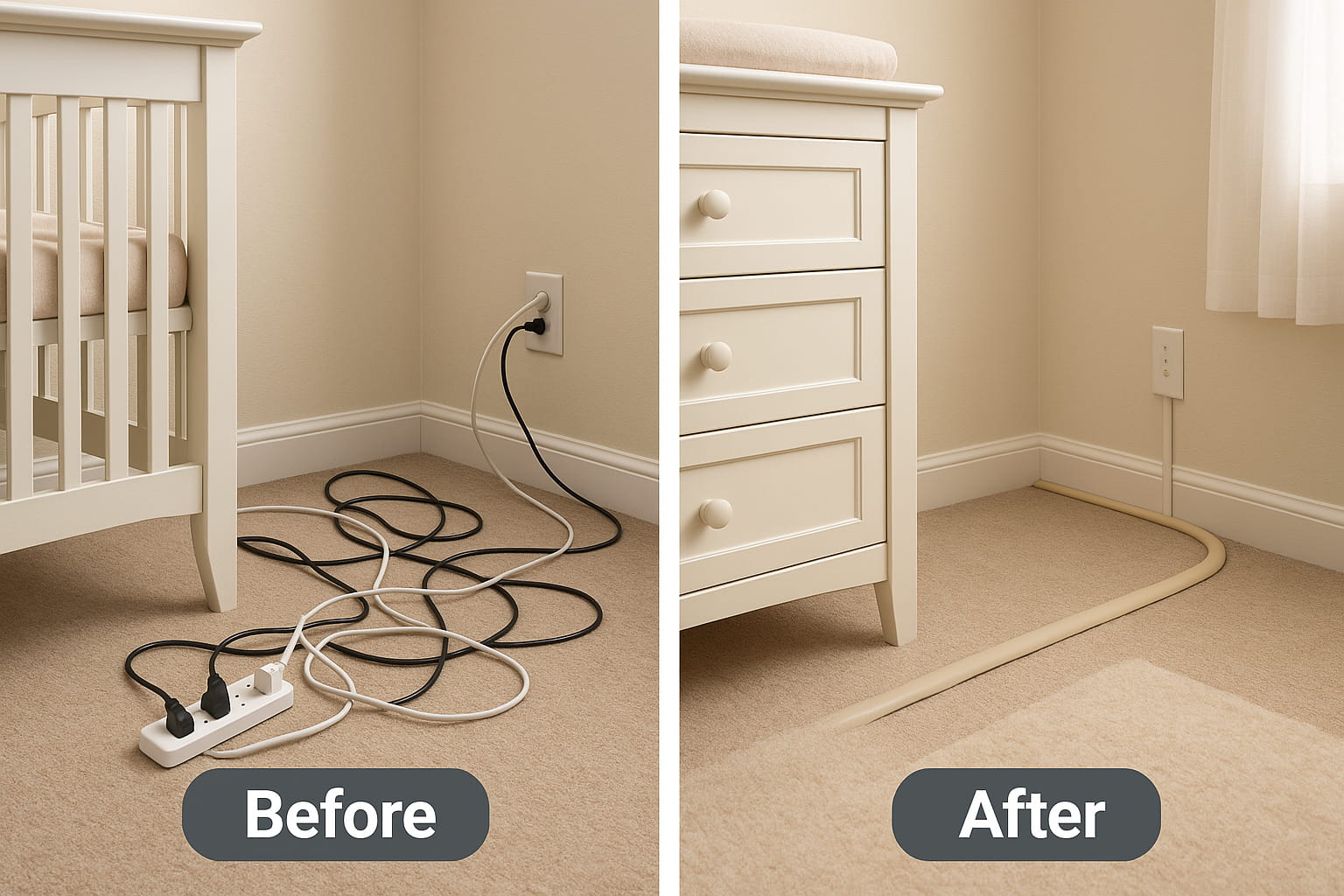
Knowing which cover to use depends on the room and the problem.
Cord covers are ideal for places with long visible wires. Power strip covers are best where you can’t avoid exposed outlets.
Use Cord Covers:
📺 Behind TV stands or entertainment centers
🛏️ Next to beds or cribs
🪑 Along walls in home offices
Use Power Strip Covers:
🧃 In nurseries or playrooms with plug-heavy devices
💡 Where kids may crawl or reach near outlets
🪟 Under desks or low shelves
Want more babyproofing ideas for electrical safety? Read our guide: Why Baby-Proofing Electrical & Fire Hazards Is Essential.
👶 Are Cord Covers Safe for Babies?
Cord covers help reduce danger, but they aren’t foolproof.
They prevent babies from pulling cords or chewing them, but don’t block outlets. That’s where power strip covers shine.
Here’s how to use cord covers safely with babies:
🔐 Choose covers with locking lids or adhesive backs
🚫 Avoid loose or flimsy styles that can pop open
🛠️ Mount covers out of reach or behind furniture
🧽 Wipe regularly, babies love dust!
If you’re using a floor raceway or wall-mounted kit, secure all entry points. Kids will try to tug at anything loose!
⚡ Power Strip Covers: Better for Baby-Proofing?
Yes, in most babyproofing setups, power strip covers offer more direct protection.
These covers block access to plugs, switches, and prongs. Some even come with dual locks so toddlers can’t pry them open.
Best features to look for:
🔐 Snap-latch or sliding locks
📏 Compact but roomy enough for multiple plugs
🧊 Heat-resistant, durable plastic
📦 Side slots for clean cord routing
Cord covers may help with mess and layout, but for child safety, a good power strip cover is a must-have.
Curious which outlet covers are pediatrician-approved? See our full list: Best Outlet Covers for Baby Safety in 2025.
🏠 Installation: Which One Is Easier to Set Up?
Most cord covers and power strip covers are beginner-friendly, with no tools needed for basic models.
Cord Cover Installation:
🧷 Peel-and-stick adhesive strips
🔩 Optional screws for permanent placement
✂️ Can be cut to size with scissors or a box cutter
Power Strip Cover Setup:
📦 Usually snaps over the strip
🔐 Locking versions may require aligning clips or latches
⚙️ Most fit standard 6–10 outlet strips
If you want zero wall damage, choose adhesive-only cord kits or box-style strip covers with soft feet.
🔍 Fact Box: Electrical Outlet Injuries in Children
According to the Electrical Safety Foundation International (ESFI), each year, approximately 2,400 children under age 10 in the U.S. are treated in emergency rooms for injuries caused by electrical outlets, often due to inserting objects into receptacles.
📦 4 Simple Tools That Get the Job Done
Here are 4 highly rated products that solve the cord and outlet mess, each with its own use case.
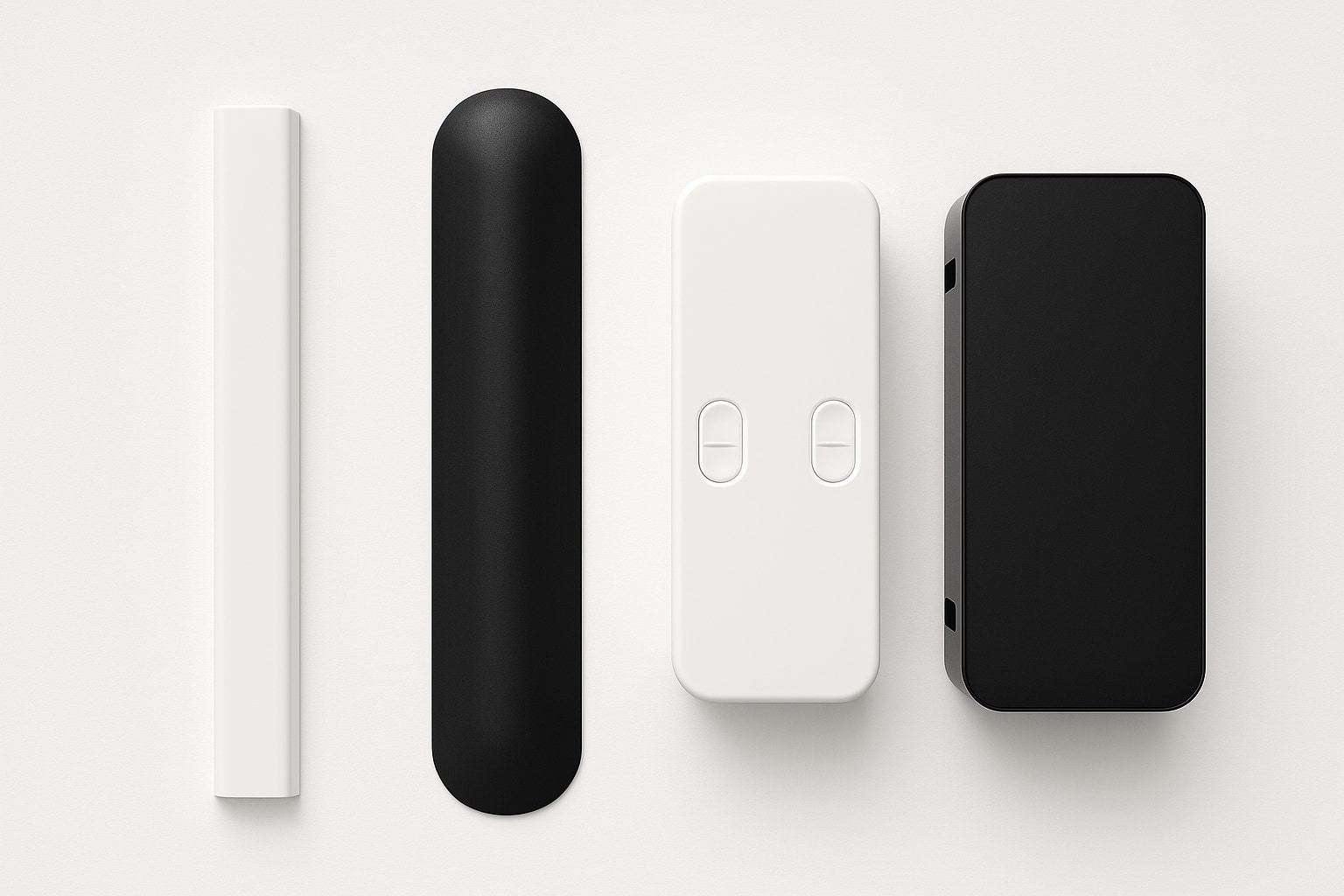
1️⃣ Delamu Cord Hider – Wall Cable Raceway Kit
Sleek Cord Hider That Blends Into Any Wall
This 157-inch cord cover kit makes it easy to hide unsightly TV or desk cords along walls and baseboards. It’s flexible, paintable, and perfect for low-traffic rooms needing a cleaner look.
Why Parents Like the Delamu Cord Hider
✅ Blends into white walls or can be painted
✅ Ideal for hiding long cords across rooms
✅ Easy snap-on cover for quick access
✅ Slim profile fits behind furniture
💡 Thinking About It?
A smart and subtle choice to keep cords out of sight and out of reach.
2️⃣ D-Line 6ft Floor Cord Cover – Heavy-Duty Cable Protector
Tough Floor Cord Cover for Safer Walkways
Built for busy spaces, this black rubber cord protector prevents tripping hazards while keeping extension cords safe. Best for playrooms, home offices, or nurseries with lots of gear.
Why Parents Like the D-Line Floor Cord Cover
✅ Low-profile and slip-resistant base
✅ Keeps floor cords safe from tiny feet
✅ Simple to trim and reposition
✅ Durable for long-term, high-traffic use
💡 Thinking About It?
This heavy-duty cover is ideal for homes with crawling babies or active toddlers.
3️⃣ Power Strip Cover Box – Dual Lock Baby-Proof Enclosure
Protective Outlet Cover Box with Locking Lid
Designed for curious toddlers, this box completely hides your power strip and features a patented dual-lock system. Keeps fingers out while still allowing cord flexibility on both sides.
Why Parents Like the Dual Lock Power Strip Cover
✅ Dual-locking design for stronger babyproofing
✅ Works with bulky plugs and adapters
✅ Side slots for neat cord exit
✅ Rigid and secure once closed
💡 Thinking About It?
A must-have for nurseries and living rooms where outlets are exposed and tempting.
4️⃣ D-Line Cable Management Box – Power Strip Hider
Stylish Box to Hide Cords and Declutter Floors
Perfect for hiding extension leads, surge protectors, and power bricks, this black D-Line box keeps cords organized and out of sight. Great under desks, next to changing tables, or behind cribs.
Why Parents Like the D-Line Cable Box
✅ Clean and modern black design
✅ Fits most standard power strips
✅ Helps prevent dust and accidental unplugging
✅ Rubber feet keep it stable on smooth floors
💡 Thinking About It?
An easy way to declutter and baby-proof power areas without drilling or tools.
Still unsure which solution works best? See how real parents use them: Outlet Enclosure vs Strip Covers: 5 Key Differences.
🛑 Which Is More Durable Over Time?
Durability depends on two things: the material and where it’s installed.
Cord covers mounted on the floor tend to see more wear. Wall raceways, on the other hand, last much longer.
Power strip covers generally hold up well, especially if they’re out of reach of kids.
Tips to extend lifespan:
🔋 Keep heat-producing plugs away from soft plastic
🧴 Clean regularly to avoid cracking or warping
🔒 Don’t force lids shut, align gently
Most of today’s models use strong ABS or PVC, which resists everyday bumps and scratches.
🎯 Which One Is Better for Small Spaces?
In tight corners or cramped rooms, space really matters.
Here’s what we found:
Cord Covers:
🎨 Paintable and wall-hugging
🪟 Ideal behind furniture or under windows
🧽 Less bulky but visible if not matched to the wall
Power Strip Covers:
🚪 May stick out a bit, depending on size
🔐 Best placed under shelves or inside cabinets
🛋️ Avoid behind doors or drawers (they need room!)
Think about how you move through the room. If you’re constantly bumping into it, switch to a cord cover.
💬 Real Parent Reviews: What Are Families Saying?
👪 Parents who use both say it depends on the room:
“We put cord covers behind the dresser and mounted the TV. But for the surge protector under the crib, we use a lockable power box.”
“My toddler ripped open cheap wall strips, so we upgraded to a power box. Total game-changer.”
“The D-Line floor cover solved our trip issue in the hallway. Looks clean and doesn’t shift.”
Reviews also show that combining both types, cord and strip covers, often gives the best results.
Want real safety advice from professionals? Read: Real Firefighter Tips for Baby-Safe Living Spaces.
🧾 Final Verdict: Cord Covers vs Power Strip Covers – Which Wins?
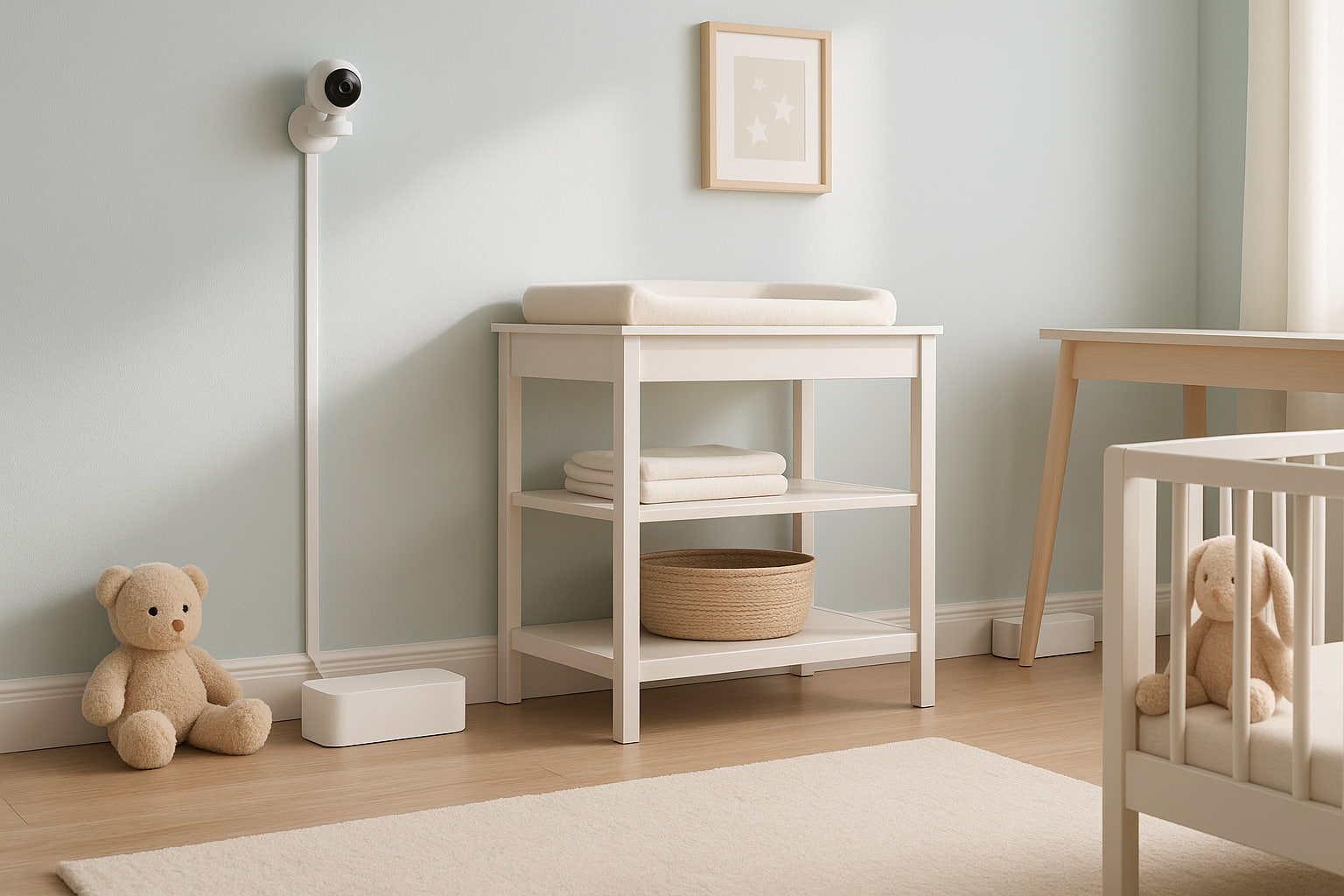
If your goal is a clean layout and trip prevention, cord covers are the right pick. They’re sleek, versatile, and easy to blend into walls or floors.
But if you’re babyproofing, power strip covers win every time. They block plug access completely and reduce shock risks.
🔄 Best Setup:
Use cord covers to manage messy wires behind TVs or beds. Then use power strip covers where plugs are exposed, like under cribs, shelves, or play tables.
You don’t need to choose one over the other. Together, they keep your home both tidy and safe.
🧵 Safe Choices That Work in Real Homes
🔹 Delamu Cord Hider Kit – Wall-mounted raceway that neatly hides long TV or desk cords.
🔹 D-Line 6ft Floor Cord Cover – Heavy-duty floor strip that prevents trips and protects loose cables.
🔹 Power Strip Cover Box (Dual Lock) – Babyproofs power strips with a secure locking lid and cord openings.
🔹 D-Line Cable Management Box (Small) – Sleek organizer that hides power strips under desks or behind furniture.
Disclaimer:
This article is for informational purposes only. Always follow the manufacturer’s safety instructions when installing babyproofing products.
Writer Byline:
Written by Find For Baby, we help parents create safer spaces, one smart solution at a time.
